Percy Cross Otterburn
Military In Otterburn, Northumberland
A 14th century stone monument to the Battle of Otterburn in 1388
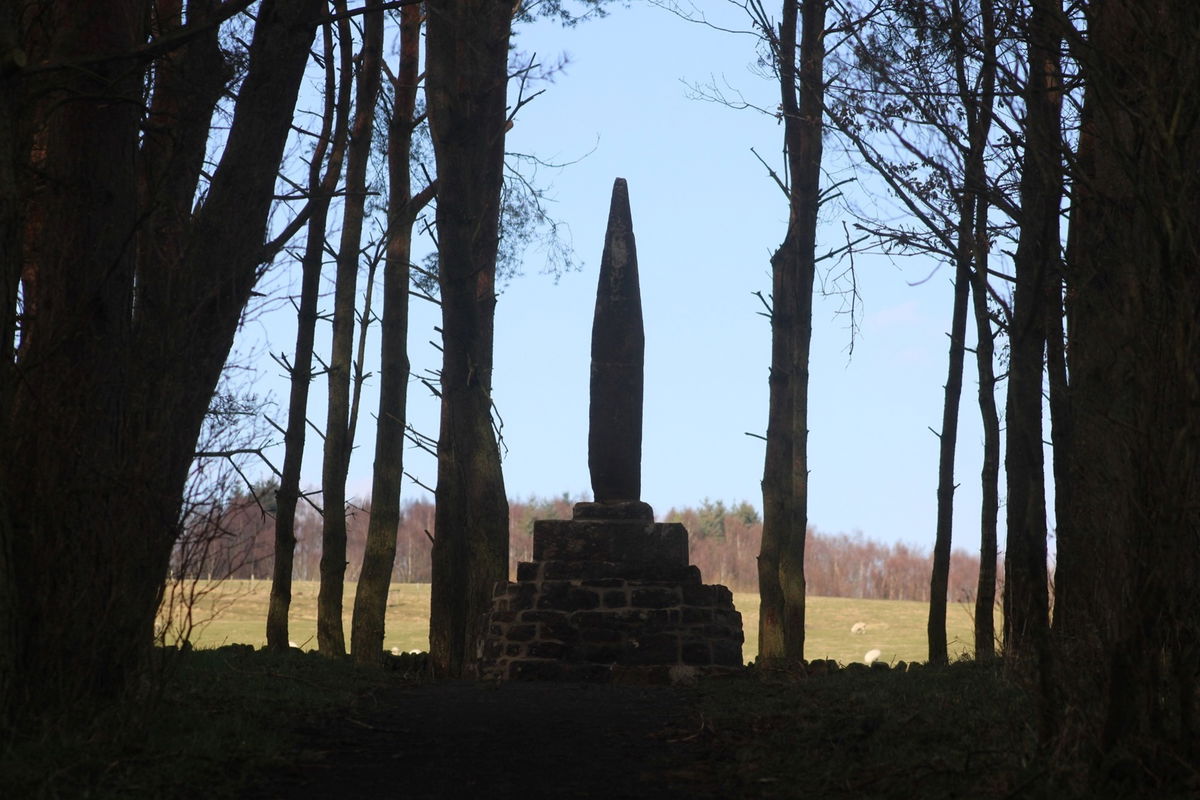
The latter half of the 1300s was a period of instability between England and Scotland, a truce between the two which began following the Battle of Neville's Cross was due to end in 1384, but the Scots had refused to pay the ransom for this since 1377. As you can imagine, this caused further bad blood between the nations resulting in increased border skirmishes and raids, which escalated again in 1385 after the treaty expired and a small force of Scots and French advanced as far as Carlisle. The English retaliated by marching to Edinburgh and burning a number of Abbeys on the way including Melrose and Dryburgh.
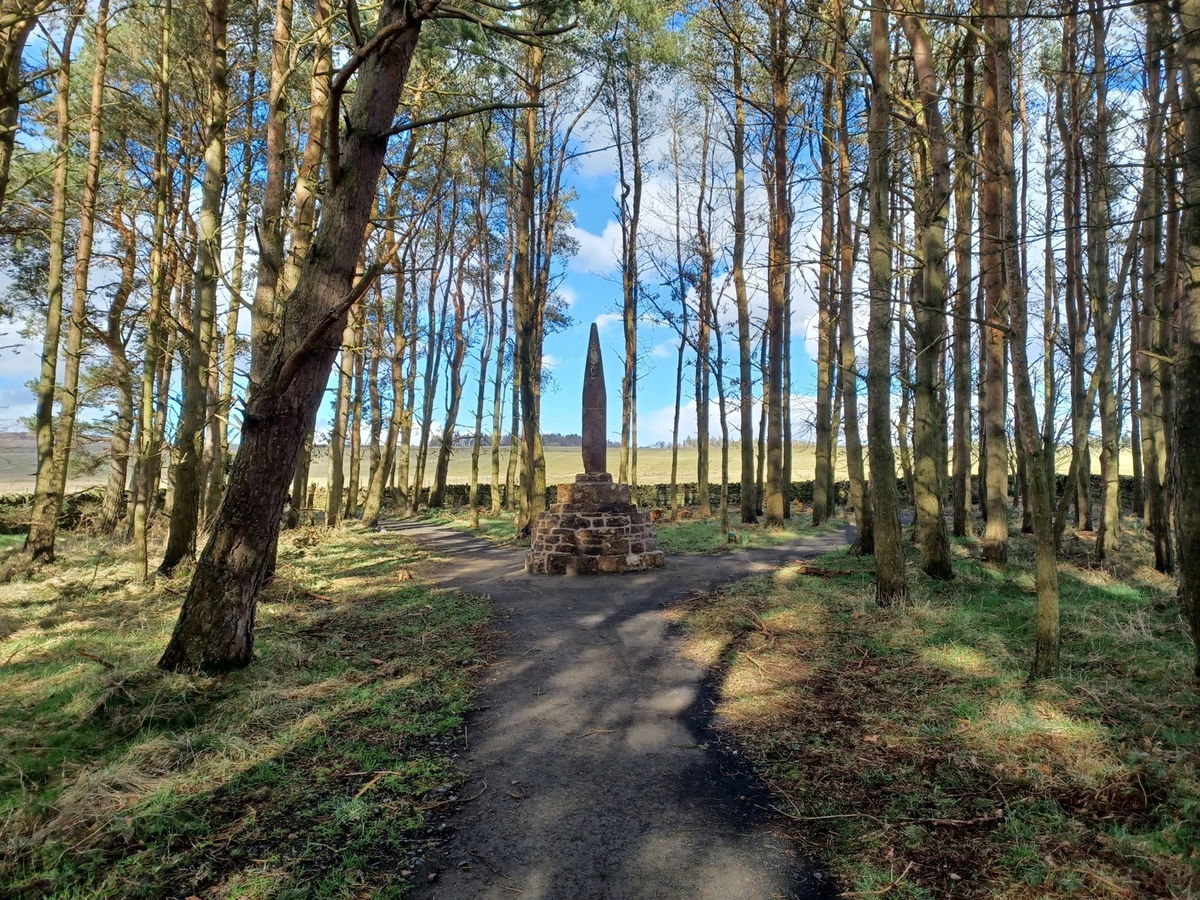
The summer of 1388 saw the Scots begin an attack on England on three fronts, in Ireland, Cumbria (the West March) and Northumberland (the East March). It is the attack on the East March that we are going to look at. It was led by Earl Douglas and, with 6000 troops, he advanced as far as Durham, burning all the way! The famed Henry 'Hotspur' Percy was sent by his father to intercept the Scots at Newcastle on their route back to Scotland.



The battle that occurred at Newcastle was unusual in that many of the local townsfolk gathered on the town wall ramparts to watch as Hotspur and Douglas fought at Barras Bridge. The battle did not go well for Percy as the pennant on his lance was captured by Douglas (the Medieval equivalent of spilling his pint and nicking his packet of crisps!). This is thought to be why Percy pursued the retreating Scots, with his 8000 strong army, where they met again at Otterburn.
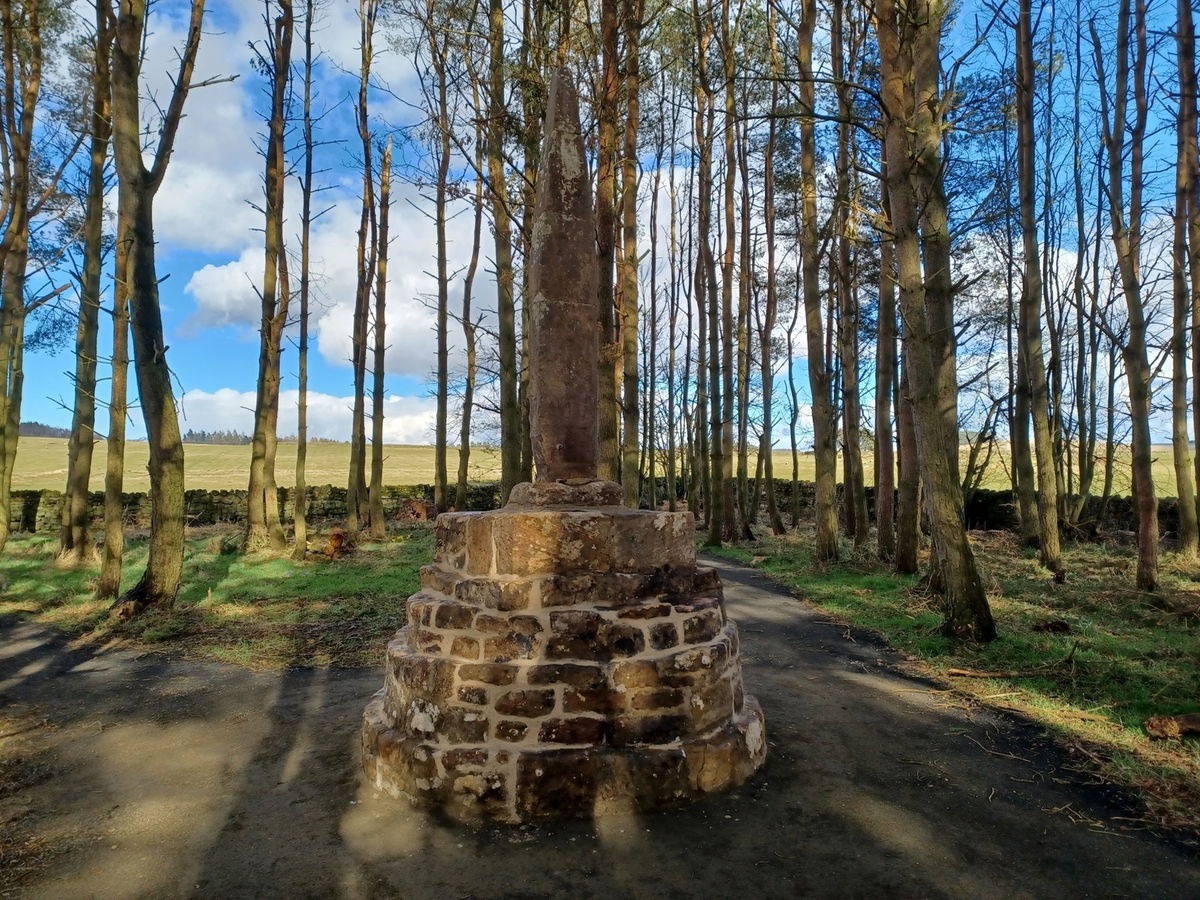
The Scots had attempted to take Otterburn Castle but had been unsuccessful and were camped around a mile to the west of Otterburn. There are conflicting stories as to why Douglas did this, some feel he was waiting for Percy to give him a chance of chivalric redress to get his pennant back, others feel he may have been waiting to make a further attack on the castle the following day. Whatever the reason, the arrival of Percy's army on the 19th August 1388 literally caught them with their pants down, many Scots had donned loose gowns for comfort, although they were quick to respond to the initial attack.
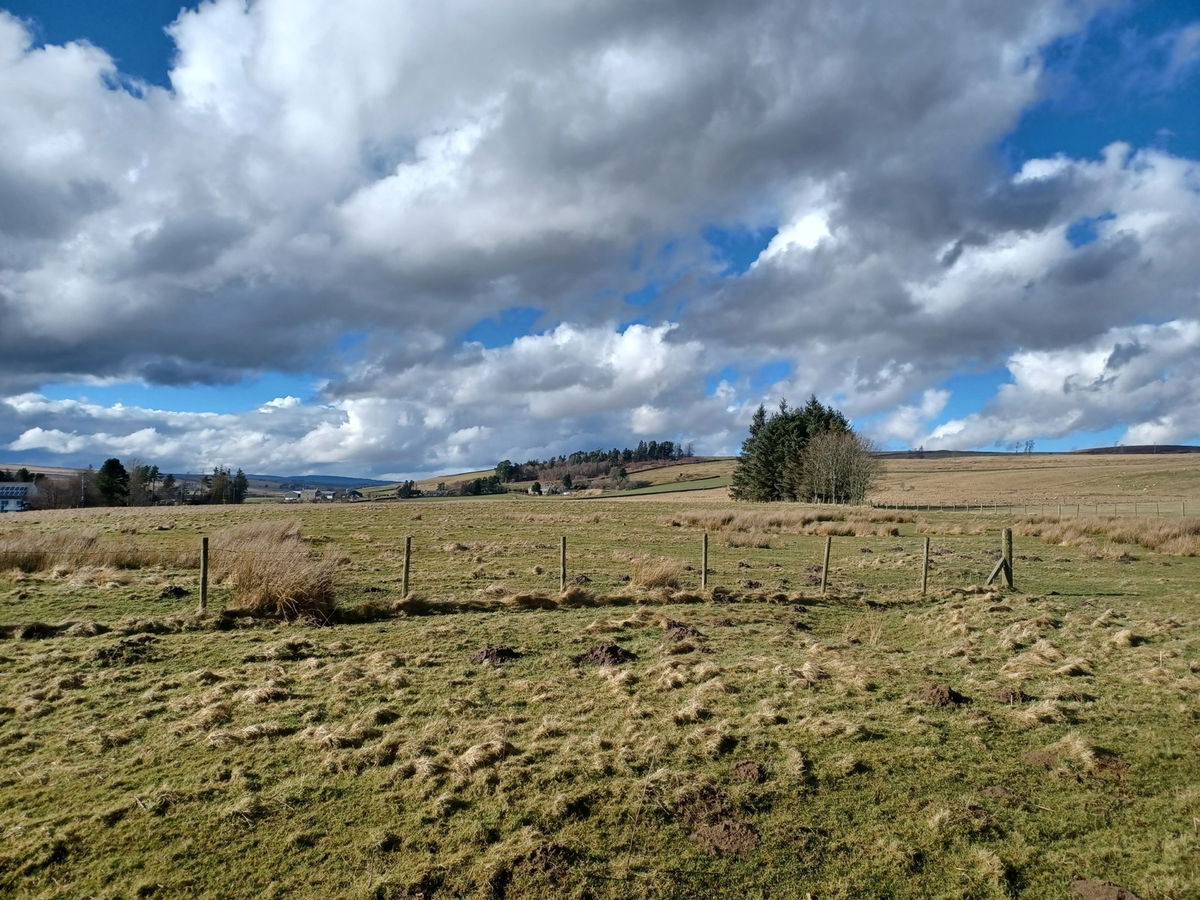
The Battle of Otterburn saw a victory for the Scottish forces, though it was not a resounding one as their leader Earl Douglas was killed, although this was not known until later after the battle had finished. The English were not routed either as the capture of 200 Scots who pursued them from the battlefield indicates. Henry 'Hotspur' Percy was captured by the Scots during the battle but despite this his reputation as a heroic leader remained secure and his ransom was paid for largely from the public purse.
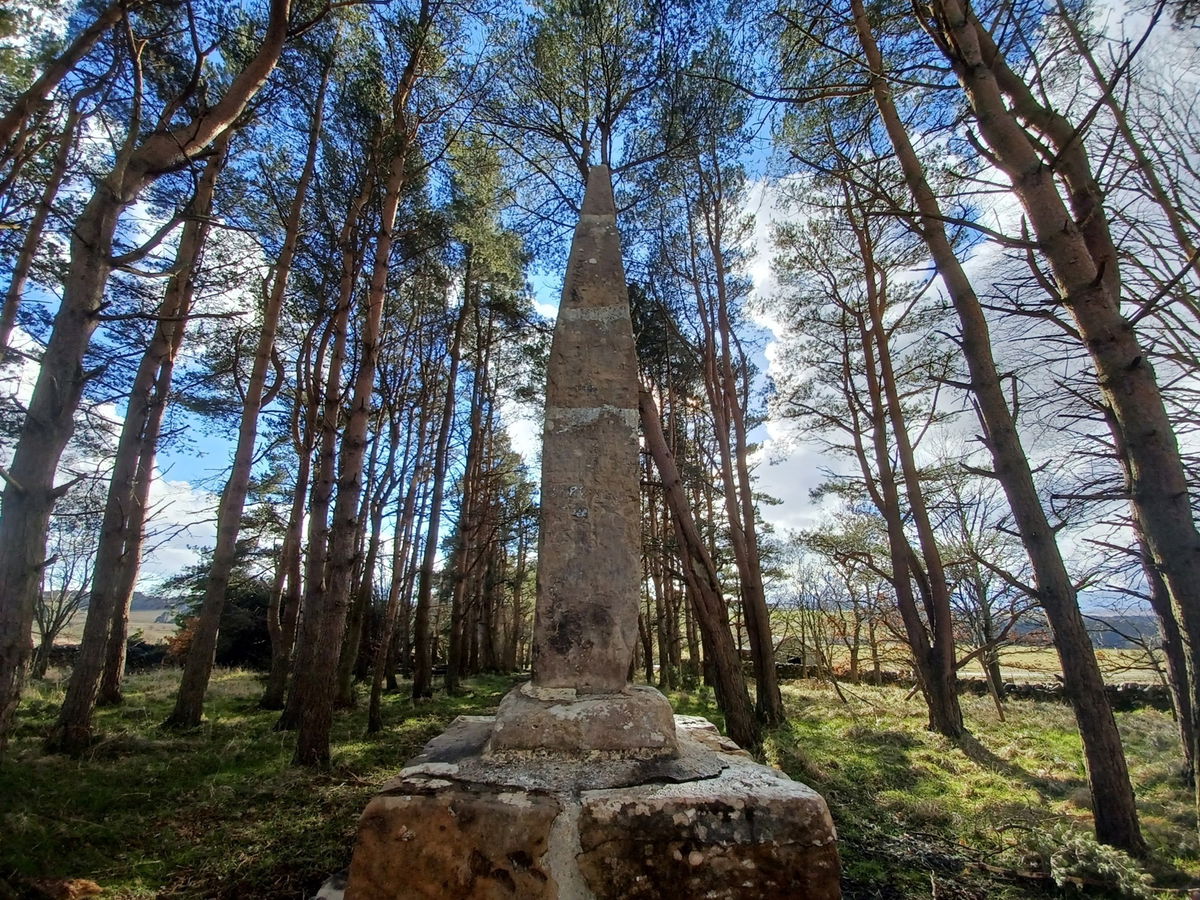
Following the battle and before 1400, a sandstone memorial was erected on the battlefield and was known as 'Battle Stone'. Over the years it fell into disrepair and in 1777 another memorial, now known as the 'Percy Cross', confusingly it is a tapering stone that is not cross shaped, was erected on the spot where Earl Douglas was said to have fallen, by the landowner of the time, Henry Ellison. The Percy Cross contains the socket the original Battle Stone sat in, although it is in a location to the east of where that originally stood.
Get 3 points if you have visited this place. Already visited by 39 VIPs.
Login to the VIP area to add places to your bucket list, mark them as visited and more importantly see where you rank on the league table.
How To Find Percy Cross Otterburn Battlefield
Where Is Percy Cross Otterburn Battlefield?
Lat / Long
55.237185, -2.194689
What three words
Where To Park For Percy Cross Otterburn Battlefield?
Lat / Long
55.236349, 55.236349
What three words
Parking is available on site just off the A696 to the west of Otterburn
Contributed by Andrew Gardner
I love being outdoors, in nature, and experiencing the relaxation it brings. Wandering through the northern countryside seeing unexpected buildings, historic places and occasionally surprised wildlife is one of life's great pleasures.
More Places from Andrew
More Places In Otterburn
Find more fabulous places in Otterburn, Northumberland and if you know of a place we haven't listed, then let us know.
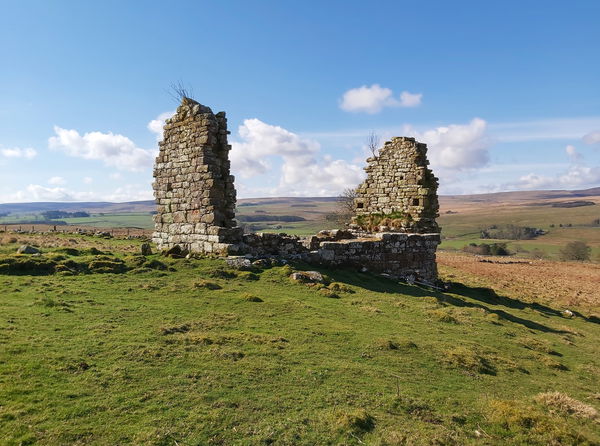
Shittleheugh Bastle
Bastle Otterburn NorthumberlandA ruined bastle in Redesdale near Otterburn in Northumberland standing as a reminder of the tumultuous history of the borders.
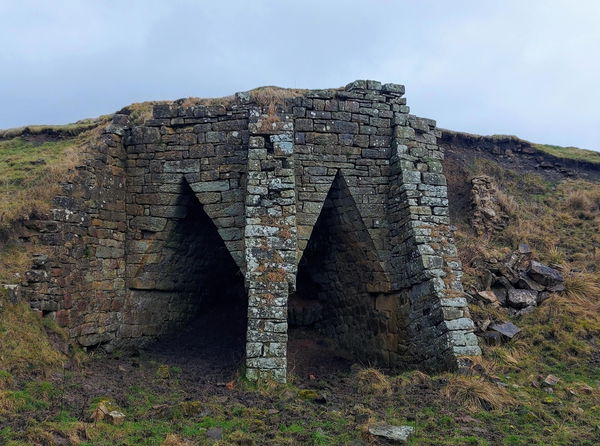
Greenchesters Lime Kiln
Lime Kiln Otterburn NorthumberlandA three draw arch lime kiln in Otterburn.
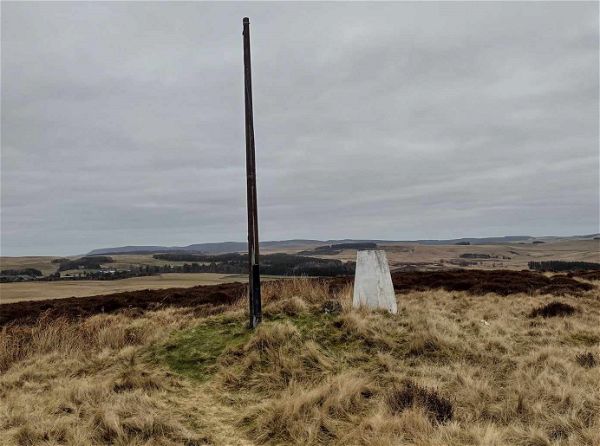
Blakeman's Law Trig Point
Trig Point Otterburn NorthumberlandThe trig point sitting on top of Blackman's Law (274m) near Otterburn.
More Military
So this military wasn't enough and you want more? Don't worry we have you covered.
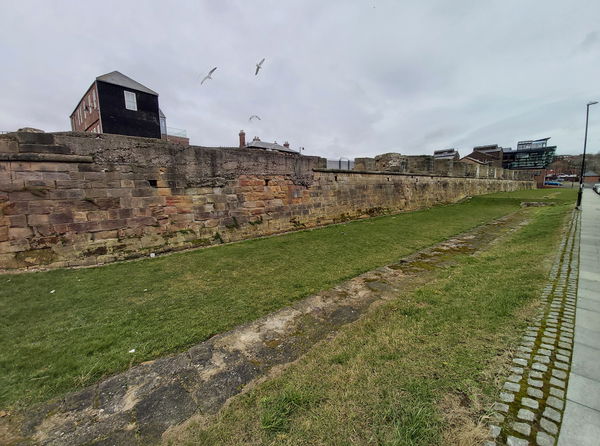
Clifford's Fort
Military North Shields Tyne And WearA defensive gun battery established near the mouth of the Tyne during the Anglo Dutch Wars in the 17th Century and used during various later conflicts.
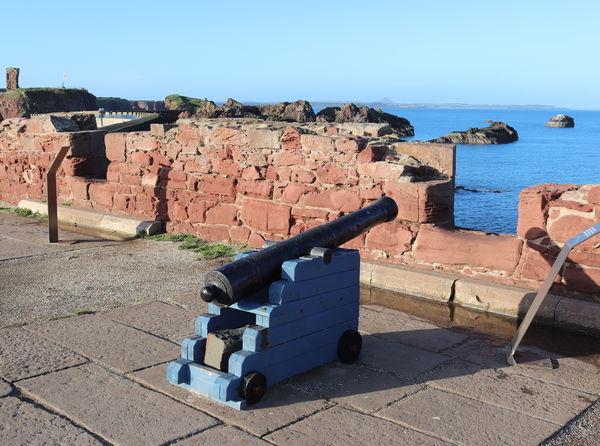
Dunbar Battery
Military Dunbar BordersAn 18th century battery protecting Dunbar Harbour from invasion and privateers.
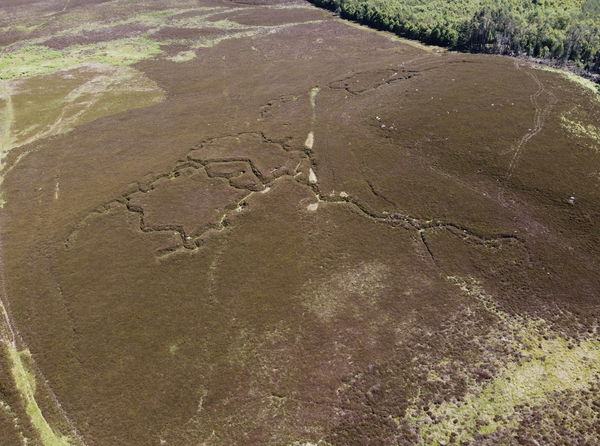
Rothbury Trenches
Military Rothbury NorthumberlandTraining trenches dug by members of the 18th Battalion of the Northumberland Fusiliers in preparation for World War I.
Never Miss A Fabulous Place
If you are afraid of missing out on all the fabulous places we post, or just want to be the first to know, then sign up to the Fabulous North.
Each week we will email you all the brand new places that we visit.
Sign Up To AlertsFind Us On Facebook
We post all our new places daily on our Facebook Groups page, so join the group today and be notified when we add a new place.
Join Our Facebook GroupPercy Cross Otterburn Battlefield was listed in Military // Northumberland // Otterburn

